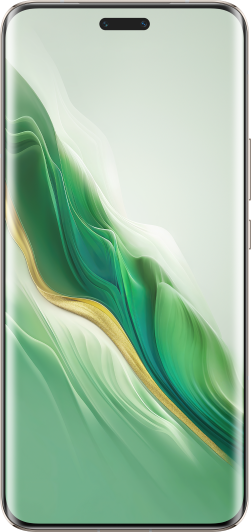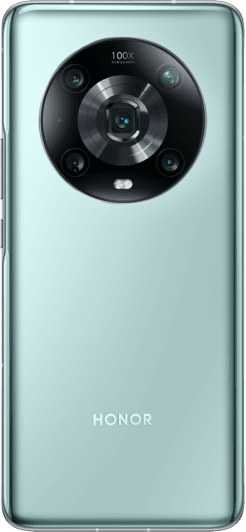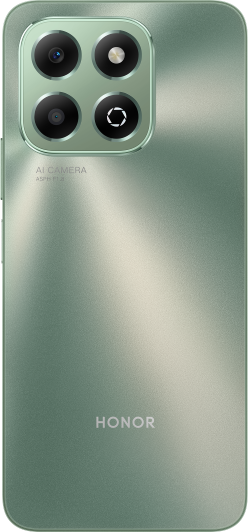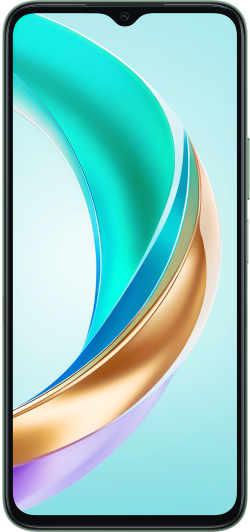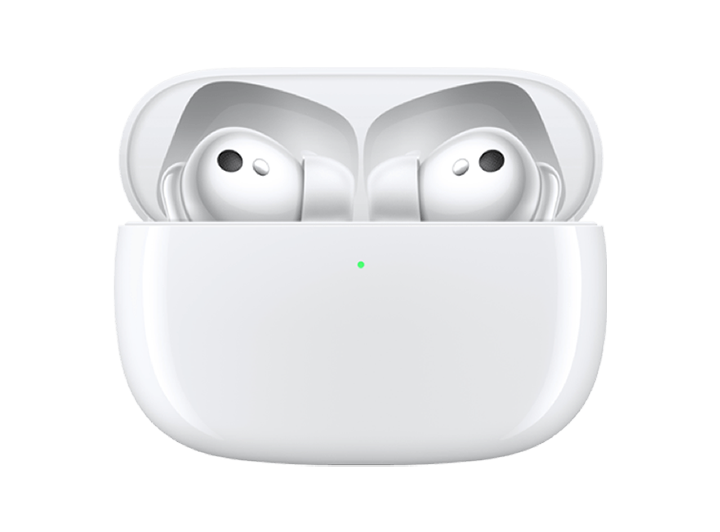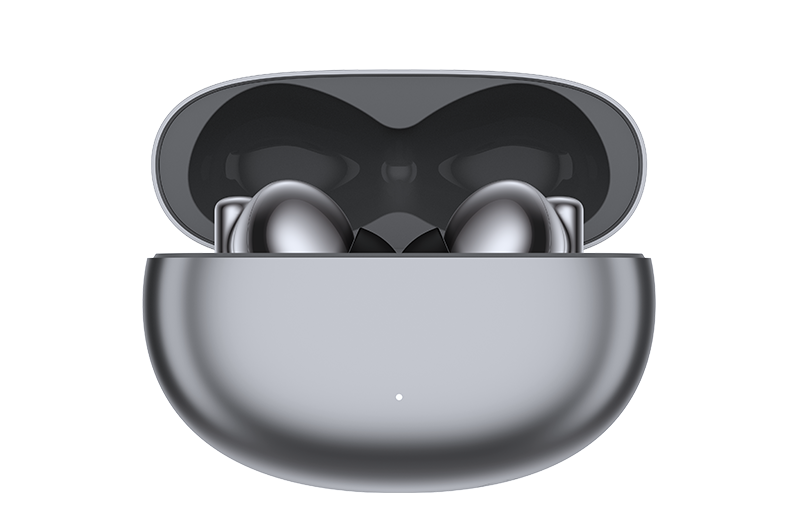TOP

我的荣耀 开启荣耀之旅

What Is AI Camera in Mobile Phones? Discover Cutting-Edge Features
The integration of artificial intelligence (AI) into phone cameras has been transforming the way we capture moments, making photography more intuitive, efficient, and beautiful. But what is AI camera in mobile phones exactly, and how does it enhance our photographic experience? In this guide, we'll dive into the intricacies of AI cameras in smartphones, exploring what they are, how they work, and the remarkable capabilities they bring to your fingertips. From image enhancement and processing to advanced autofocus and captivating bokeh effects, join us as we uncover the magic behind AI cameras and how they are setting new standards in mobile photography.
What Is an AI Camera?
An AI camera in mobile phones refers to the camera system that uses machine learning and artificial intelligence (AI) technologies to fundamentally enhance the way we capture images and videos. Unlike traditional cameras that rely solely on the user's input and basic settings, AI cameras leverage sophisticated algorithms to understand and adapt to a scene in real-time. This intelligent system can recognize various subjects, from faces and landscapes to objects and scenes, adjusting settings such as exposure, focus, and colour balance automatically for the best possible result.
How Does an AI Camera Work in a Phone?
AI cameras in mobile phones work through a sophisticated blend of hardware and software. At the heart of this process is a combination of the phone's camera sensor, the image processing unit, and AI algorithms embedded in the device's operating system. Here's a breakdown of how it works:
1. Scene Recognition: When you point your camera at a scene, the AI engine immediately goes to work. By comparing the elements within the scene to vast datasets on which they were trained, the AI can identify objects, faces, landscapes, and more.
2. Optimization and Adjustment: Based on this analysis, the AI then makes real-time adjustments to the camera's settings. These can include adjusting exposure, enhancing colours, reducing noise, and even applying complex effects like bokeh for portraits.
3. Post-Capture Enhancement: After you've taken the photo, the AI isn't done. It can suggest or automatically apply edits, from fixing lighting and sharpening details to cropping for better composition.
4. User Interaction: Finally, AI cameras often offer users the ability to influence how AI operates, whether by selecting specific modes or by providing feedback on the AI's adjustments. This interaction ensures that the camera not only learns from its programmed dataset but also adapts to your preferences.
What Advantages Does AI Algorithm Bring to the Phone Camera?
The integration of AI algorithms into camera phones has significantly transformed mobile photography, offering a suite of advantages that enhance both the user experience and the quality of the photos captured. Here are the key benefits that AI brings to the table:
Image Enhancement and Processing
AI algorithms excel in analysing the components of a scene in real-time, enabling unprecedented levels of image enhancement. They can automatically adjust exposure, contrast, and saturation to ensure photos are vibrant and detailed, even in challenging lighting conditions. Noise reduction is another area where AI shines, effectively minimizing grain in low-light photos without sacrificing detail.
Advanced Autofocus and Object Tracking
AI algorithms significantly improve the camera's focusing capabilities. They enable faster and more accurate autofocus, ensuring that subjects are sharp and clear. Additionally, AI-powered object tracking can maintain focus on moving subjects, such as pets or children, capturing them perfectly in action shots.
The HONOR Magic5 Pro, with its millisecond AI Motion Sensing Capture, exemplifies this advancement. It can intelligently select the best shot among multiple taken within 1.5 seconds before and after pressing the shutter, a feature that's particularly beneficial for capturing fast-moving scenes without missing a beat.
HONOR Magic V2 takes these advancements to the next level with our HONOR AI Motion Sensing Capture feature. The innovative, free-hovering foldable screen design enables users to effortlessly capture stunning, hands-free photos, automatically snapping shots without the need to press the shutter, perfect for dynamic and spontaneous photography.
Portrait Mode and Bokeh Effects
One of the most popular features enabled by AI in phone cameras is the ability to create stunning portrait photos with blurred backgrounds, mimicking the bokeh effect of DSLR cameras. AI algorithms can precisely separate the subject from the background and apply a beautifully blurred effect, focusing attention on the subject and creating a professional-looking portrait with just a smartphone.
Conclusion
In conclusion, understanding what is AI camera in mobile phone reveals a transformative leap in photography technology. By integrating AI algorithms, smartphone cameras are not just capturing images; they're intelligently analyzing and enhancing them in real-time. This innovation offers unprecedented advantages in terms of image quality, scene recognition, and user experience. As we continue to explore the capabilities of AI in mobile cameras, the potential for even more advanced and intuitive photographic solutions is boundless. Embrace the power of AI cameras in your phone and unlock a new horizon in mobile photography.
FAQ
What is the purpose of AI camera on a phone?
The purpose of an AI camera on a phone is to enhance photography by automatically adjusting settings and applying optimizations for better image quality. AI cameras can recognize different scenes and subjects, such as landscapes, portraits, or low-light conditions, and adjust camera settings like exposure, focus, and colour balance accordingly.
How does AI contribute to low-light photography?
AI enhances low-light photography by employing techniques like noise reduction to minimize graininess, image sharpening to clarify details, colour enhancement to correct distortions, and light enhancement to brighten images. It also optimizes the dynamic range, balancing exposure to reveal details in both shadows and highlights. These AI-driven processes collectively improve photo quality in poorly lit conditions.
What is portrait mode, and how does AI enhance it?
Portrait mode is a photography feature that highlights the subject by blurring the background, mimicking the shallow depth of field effect seen in DSLR cameras. AI enhances this mode by accurately identifying and isolating the subject, refining edges for clear separation, estimating depth for realistic blur effects, and simulating various lighting and bokeh shapes.
How does an AI camera in a phone recognize faces?
An AI camera in a phone recognizes faces through AI facial recognition technology, which involves detecting faces in an image, analysing facial features to create a unique numerical code or "faceprint," comparing this faceprint against a database of known faces, and identifying the face if a match is found.
Source: HONOR Club
Consumer hotline
0807777715 Monday to Sunday, 8:00am-8:00pm
za.support@honor.com
We use cookies and similar technologies to make our website work efficiently, as well as to analyze our website traffic and for advertising purposes.
By clicking on "Accept all cookies" you allow the storage of cookies on your device. For more information, take a look at our Cookie Policy.
Functional cookies are used to improve functionality and personalization, such as when playing videos or during live chats.
Analytical cookies provide information on how this site is used. This improves the user experience. The data collected is aggregated and made anonymous.
Advertising cookies provide information about user interactions with HONOR content. This helps us better understand the effectiveness of the content of our emails and our website.










